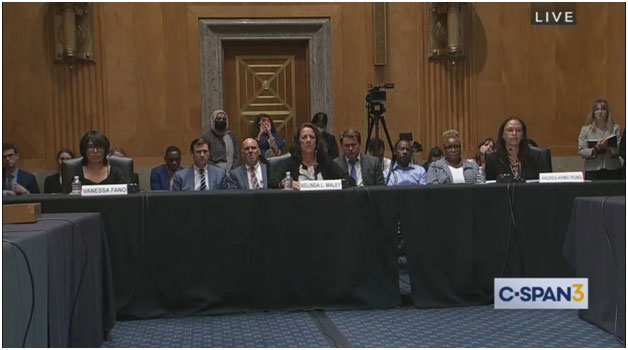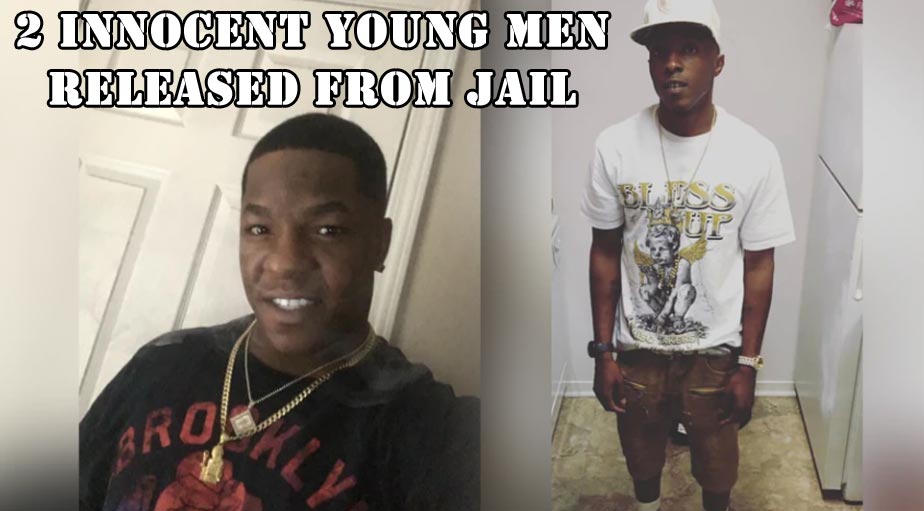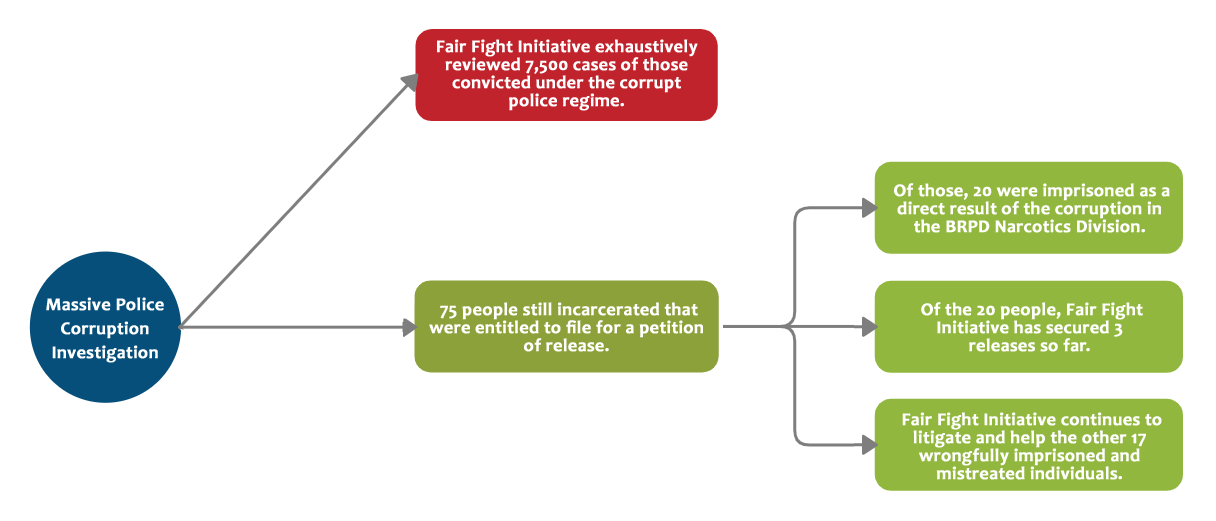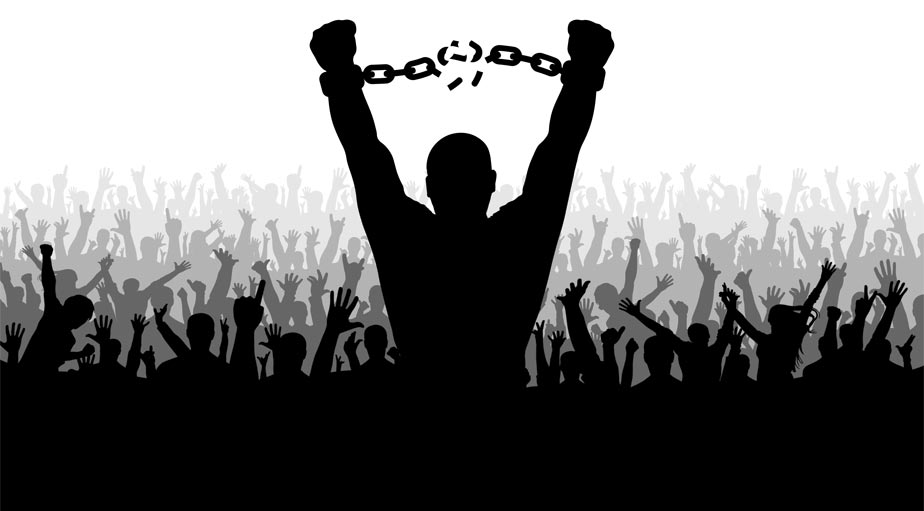Our Stories and Work
These are the types of cases attorneys with the Fair Fight Initiative have recently litigated. Donations through the Fair Fight Initiative’s crowd sourced litigation fund will support our work going forward.
These stories are difficult to hear, we know. Like you, we feel every human being on earth deserves empathy, compassion, understanding, and justice. Because of your support and contributions, we are able to deliver justice for individuals and seek to hold the legal system accountable for its injustices. We thank you for your continued support and making a positive difference in the lives of those most vulnerable and oppressed.




 Whistleblower Jeremiah Ardoin came forward with evidence that he had tried to notify administration of the vast number of civil rights violations and illegal seizures a year before the review but had been silenced.
Whistleblower Jeremiah Ardoin came forward with evidence that he had tried to notify administration of the vast number of civil rights violations and illegal seizures a year before the review but had been silenced.